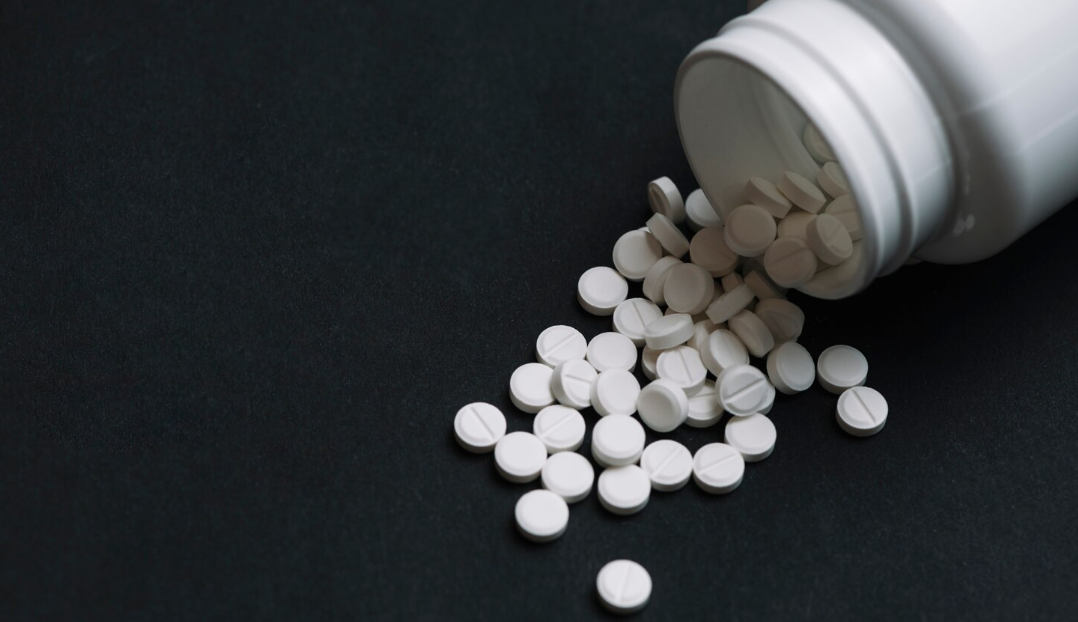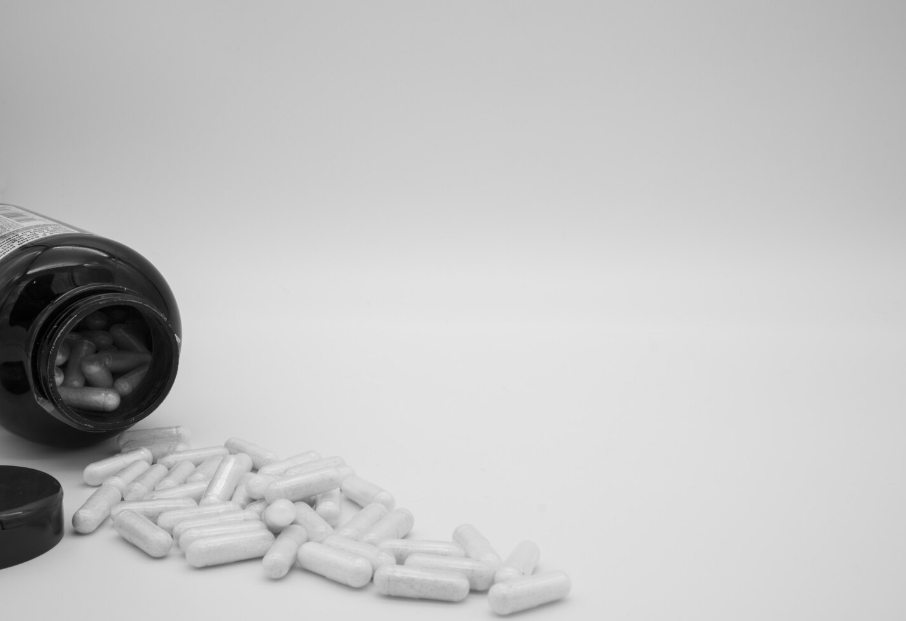Understanding Stomach Pumping
Stomach pumping, also known as gastric lavage or gastric suction, is a medical procedure performed to remove the contents of the stomach. It involves inserting a tube into the stomach and pumping out its contents. This procedure is typically done in emergency situations or as part of specific medical evaluations.
What is Stomach Pumping?
Stomach pumping is a procedure that involves the removal of the stomach contents through a tube inserted into the stomach. The tube is usually inserted through the mouth or nose and advanced into the stomach. Once in place, the contents of the stomach, such as food, medications, toxins, or other substances, are suctioned out.
Stomach pumping may be performed using various techniques, including manual suction or the use of a mechanical pump. The choice of technique depends on the specific circumstances and the medical professional's judgment.
When is Stomach Pumping Necessary?
Stomach pumping is necessary in certain situations where rapid removal of the stomach contents is crucial. These situations include:
- Overdose or Poison Ingestion: Stomach pumping is often performed in cases of drug overdose or ingestion of toxic substances. By removing the stomach contents, healthcare professionals can prevent further absorption of the ingested substance and potentially reduce its harmful effects.
- Gastric Emptying Studies: Stomach pumping may be used as a diagnostic tool to evaluate gastric emptying time. This procedure helps assess the rate at which the stomach empties its contents, which can be useful in diagnosing certain gastrointestinal disorders.
- Treatment of Eating Disorders: In some cases, stomach pumping may be employed as part of the treatment plan for individuals with eating disorders, such as bulimia nervosa. By removing the contents of the stomach, this procedure can interrupt the cycle of bingeing and purging, providing an opportunity for intervention and support.
It's important to note that stomach pumping is performed by trained healthcare professionals in controlled medical environments. The decision to perform this procedure is based on careful evaluation of the individual's medical condition and the potential benefits outweighing the risks.
Understanding the process and reasons for stomach pumping can help demystify this medical procedure. In the following sections, we will explore the preparation, the process itself, potential risks, and the recovery and follow-up care associated with stomach pumping.
Preparation for the Procedure
Before undergoing a stomach pumping procedure, certain preparations are necessary to ensure the safety and success of the process. These preparations involve a medical evaluation and obtaining consent, along with the administration of anesthesia.
Medical Evaluation
A medical evaluation is an essential step in preparing for a stomach pumping procedure. During this evaluation, the healthcare provider will assess the patient's medical history, current health condition, and any symptoms that led to the need for stomach pumping. This evaluation helps to determine the appropriateness of the procedure and identify any potential risks or complications.
The medical evaluation may involve a physical examination, blood tests, and other diagnostic procedures. By gathering this information, the healthcare provider can make an informed decision about whether stomach pumping is necessary and safe for the patient.
Consent and Anesthesia
Before the procedure, obtaining informed consent is crucial. The healthcare provider will explain the details of the stomach pumping process, including its benefits, risks, and potential complications. They will address any concerns or questions the patient may have and ensure that they fully understand the procedure before giving their consent.
Anesthesia is typically administered during stomach pumping to ensure the comfort of the patient. The type and level of anesthesia used may vary depending on the individual's condition and the specific circumstances of the procedure. It is important to discuss any allergies or previous adverse reactions to anesthesia with the healthcare provider beforehand.
During the procedure, the anesthesia will keep the patient sedated and pain-free. This allows the medical team to perform the stomach pumping without causing discomfort or distress to the patient.
By undergoing a medical evaluation, providing informed consent, and receiving appropriate anesthesia, the patient can be well-prepared for the stomach pumping procedure. These steps contribute to a safe and successful outcome, ensuring that the process is carried out effectively and with minimal discomfort.
The Stomach Pumping Process
When it comes to stomach pumping, understanding the process can help alleviate any concerns or uncertainties. The procedure consists of three main steps: the insertion of the tube, pumping out the stomach contents, and monitoring and aftercare.
Insertion of the Tube
To begin the stomach pumping process, a thin, flexible tube known as a gastric tube is inserted through the nose or mouth and down into the stomach. This insertion is typically performed by a healthcare professional who is trained in the procedure.
The insertion of the tube may cause some discomfort, but local anesthesia or numbing spray can be used to minimize any pain. The healthcare professional will guide the tube carefully to ensure it reaches the stomach without causing injury to the throat or esophagus.
Pumping Out the Stomach Contents
Once the tube is properly placed in the stomach, a suction device or pump is used to remove the stomach contents. This process involves applying gentle suction to draw out the contents, which can include ingested substances, toxins, or other materials.
The amount of time required for pumping out the stomach contents varies depending on the specific situation and the volume of material that needs to be removed. Healthcare professionals closely monitor the process to ensure it is thorough and safe.
Monitoring and Aftercare
Throughout the stomach pumping procedure, healthcare professionals carefully monitor vital signs, such as heart rate, blood pressure, and oxygen levels. This monitoring helps ensure the patient's safety and allows for prompt intervention if any complications arise.
After the stomach pumping is complete, the healthcare team provides appropriate aftercare. This may include administering medications to mitigate any potential side effects or complications. The patient is closely observed for a period of time to ensure their condition remains stable.
The stomach pumping process is a medical intervention used in specific situations, such as overdose or poison ingestion, gastric emptying studies, or the treatment of eating disorders. It is important to note that stomach pumping should only be performed by trained healthcare professionals in a controlled and monitored environment.
By understanding the steps involved in stomach pumping, individuals can gain a clearer understanding of what to expect if they ever find themselves in a situation where the procedure is necessary.
Reasons for Stomach Pumping
Stomach pumping, also known as gastric lavage, is a medical procedure performed for various reasons. Let's explore some of the common reasons why this procedure may be necessary.
Overdose or Poison Ingestion
One of the primary reasons for stomach pumping is in cases of drug overdose or ingestion of toxic substances. When someone has ingested a potentially harmful substance, stomach pumping may be performed to remove the contents from the stomach. This helps to prevent further absorption of the substances into the body and minimize their potential effects.
In cases of drug overdose, stomach pumping is often done alongside other treatment methods, such as administering activated charcoal or providing supportive care. It's important to note that stomach pumping is typically performed in a hospital or emergency setting by trained medical professionals.
Gastric Emptying Studies
Gastric emptying studies are another reason why stomach pumping may be necessary. These studies are conducted to evaluate the rate at which the stomach empties its contents. By introducing a specific meal or liquid into the stomach and then subsequently pumping it out, medical professionals can assess the stomach's emptying speed. This information is valuable in diagnosing conditions such as gastroparesis, where the stomach takes longer than normal to empty.
During gastric emptying studies, the contents of the stomach are collected and measured to determine the percentage of emptying at specific time intervals. This data helps healthcare providers understand the digestive process and identify any abnormalities or delays.
Treatment of Eating Disorders
In some cases, stomach pumping is utilized as part of the treatment for eating disorders, particularly in emergency situations. Individuals with eating disorders may engage in behaviors such as binge eating and purging, which can be life-threatening. Stomach pumping may be performed to remove the excessive food or fluids from the stomach, ensuring the immediate safety of the individual.
It's important to note that stomach pumping is not a long-term solution for eating disorders. It is typically used as an emergency intervention and is followed by comprehensive treatment plans that address the underlying causes and provide support for recovery.
Understanding the reasons for stomach pumping can help demystify the procedure and its applications. Whether it is for overdose or poison ingestion, gastric emptying studies, or as part of eating disorder treatment, stomach pumping plays a crucial role in medical interventions aimed at protecting and promoting health.
Potential Risks and Complications
While stomach pumping (gastric lavage) is a medical procedure that can be effective in certain situations, it is important to be aware of the potential risks and complications that may arise. These include irritation or injury to the throat, aspiration pneumonia, and infection.
Irritation or Injury to the Throat
During the insertion of the tube into the stomach, there is a small risk of irritation or injury to the throat. This can occur if the tube is not inserted correctly or if there is resistance during the process. The medical professional performing the procedure will take precautions to minimize this risk, such as using lubrication and ensuring proper positioning of the tube.
Aspiration Pneumonia
Aspiration pneumonia is a potential complication that may occur during stomach pumping. It happens when stomach contents or fluids inadvertently enter the lungs. This can lead to inflammation or infection in the lungs, resulting in symptoms such as coughing, difficulty breathing, and chest pain. Medical professionals take precautions to prevent aspiration pneumonia, such as using appropriate suctioning techniques and closely monitoring the patient during the procedure.
Infection
There is always a risk of infection associated with any medical procedure that involves invasive techniques. During stomach pumping, the insertion of the tube through the mouth carries a small risk of introducing bacteria into the respiratory or digestive system. To minimize this risk, medical professionals follow strict aseptic techniques, including the use of sterile equipment and proper hand hygiene.
It is important to note that while these risks and complications exist, they are relatively rare and occur in a small percentage of cases. Medical professionals are trained to perform stomach pumping safely and take necessary precautions to minimize any potential harm. The benefits of the procedure, such as removing harmful substances from the stomach or diagnosing certain conditions, often outweigh the risks involved.
If you have any concerns or questions about the risks and complications associated with stomach pumping, it is best to consult with a healthcare professional who can provide you with detailed information and address your specific situation.
Recovery and Follow-Up
After undergoing stomach pumping, proper post-procedure care, follow-up instructions, and monitoring for any complications are essential for a smooth recovery. Let's explore these aspects in detail.
Post-Procedure Care
Following stomach pumping, it's important to provide the body with the necessary rest and support to recover effectively. The healthcare team will provide specific post-procedure care instructions, which may include:
- Observation: You may be monitored closely for a period of time to ensure stability and to watch for any immediate complications.
- Hydration: Maintaining adequate hydration is crucial. You may be encouraged to drink fluids to replenish any lost fluids during the procedure.
- Restricted Diet: Depending on the reason for the stomach pumping, you may be advised to follow a specific diet for a certain period of time. This is to allow your stomach to rest and heal.
- Medication: Your healthcare provider may prescribe medications to manage any discomfort or prevent infection, if necessary.
Follow-Up Instructions
After the stomach pumping procedure, follow-up instructions will be provided to ensure proper healing and continued care. These instructions may include:
- Medication: If prescribed, it's important to take any medications as directed by your healthcare provider. This may include antibiotics, pain relievers, or other medications to support recovery.
- Dietary Restrictions: You may be advised to follow specific dietary restrictions or guidelines for a certain period of time. This could involve avoiding certain foods or beverages to allow your stomach to recover.
- Activity Restrictions: Depending on your specific circumstances, your healthcare provider may recommend limiting certain physical activities or exertion during the recovery period.
- Follow-Up Appointments: It's crucial to attend any scheduled follow-up appointments with your healthcare provider. These appointments are important for monitoring your progress, addressing any concerns, and ensuring a smooth recovery.
Monitoring for Any Complications
During the recovery period, it's important to be vigilant and monitor for any potential complications that may arise. These can include:
- Bleeding: If you experience persistent or excessive bleeding from the insertion site or notice blood in your vomit or stool, it's important to seek medical attention immediately.
- Infection: Signs of infection, such as increased pain, redness, swelling, or discharge from the insertion site, should be reported to your healthcare provider promptly.
- Difficulty Swallowing or Breathing: If you experience ongoing difficulty swallowing, breathing, or any other concerning symptoms, it's important to seek medical attention right away.
By closely adhering to post-procedure care instructions, following the provided follow-up instructions, and monitoring for any potential complications, you can aid in your recovery process and ensure the best possible outcome.
Please note that the recovery process may vary depending on individual circumstances and the reason for the stomach pumping. It is important to consult with your healthcare provider for personalized guidance and support during your recovery journey.
Sources
www.surfpointrecovery.com/what-happens-when-you-get-your-stomach-pumped
https://my.clevelandclinic.org/health/treatments/stomach-pumping
https://www.doverecovery.com/happens-when-stomach-pumped
https://www.stepstorecovery.com/what-happens-when-you-get-your-stomach-pumped
https://www.brighterdaymh.com/stomach-pumping-side-effects


.jpg)





.png)
.png)
.png)
.png)